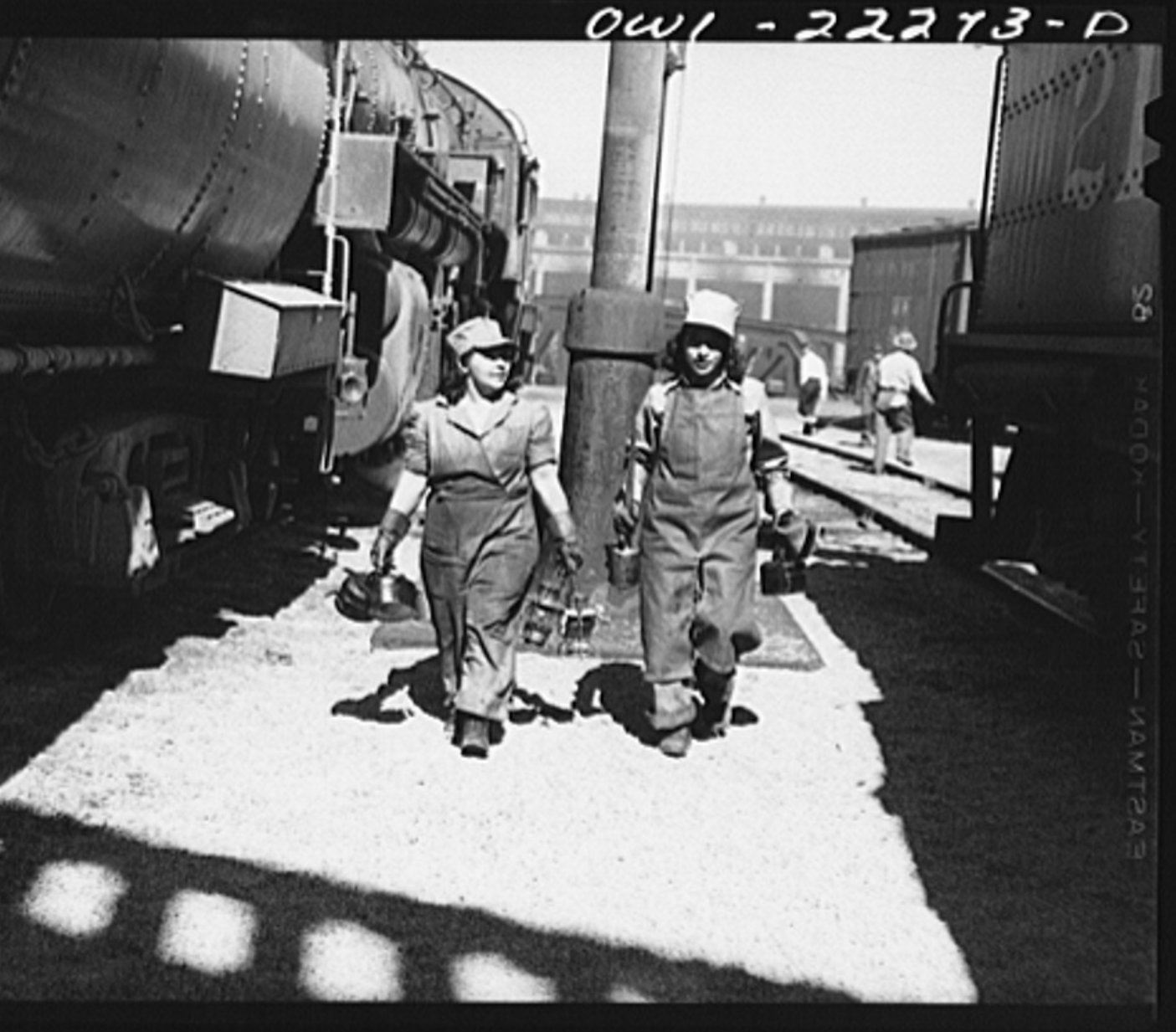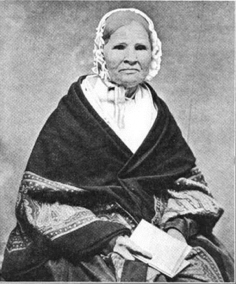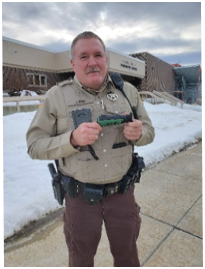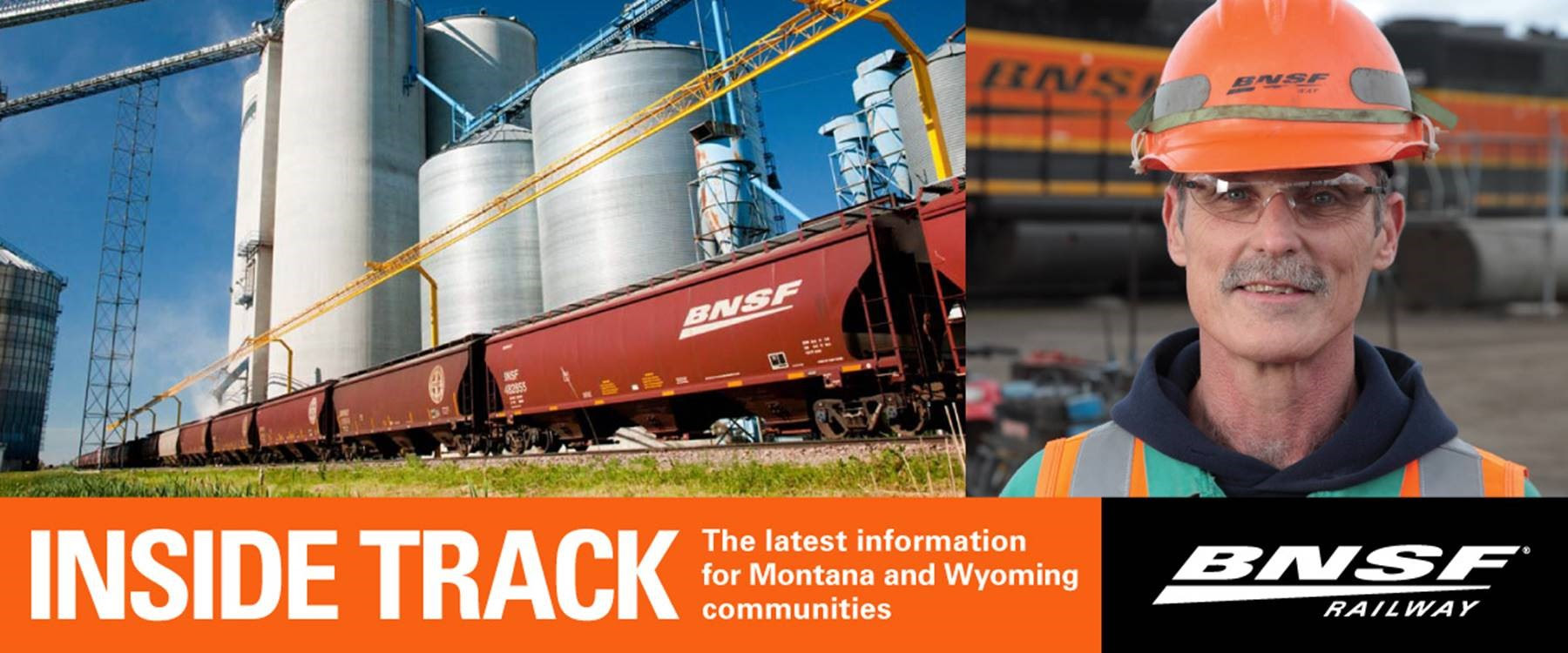March 2021
|
BNSF provides First Responders Winter Weather Training in the Flathead Valley As part of our ongoing commitment to safety, BNSF conducted hands-on winter weather training with first responders in the Flathead Valley in early March. About 30 participants gained techniques to safely respond in the unlikely event of an incident involving crude oil trapped under the ice.
The free training was open to all first responders and emergency personnel. Participants learned to recognize and avoid hazards while working on the ice. They received hands-on practice with self-rescue, teammate support and oil recovery techniques. For example, class attendees learned how to slot the ice and use floating boom to deflect or collect oil from under the ice. Responders also learned how airboats are a vital tool in ice operations and rescues. All trainings are provided by highly qualified BNSF employees and contractors.
BNSF has a long history of working with and training first responders across the railroad’s network. Through the Transportation Community Awareness and Emergency Response (TRANSCAER) program, BNSF, along with other rail industry partners, provides training for emergency hazmat responders.
In 2020, BNSF trained more than 9,000 responders. During the pandemic, BNSF pivoted and offered training via webinars and web-based classes. When safe and practical, BNSF uses our hazmat-training equipment to deliver free, practical, hands-on training to first responders that prepares them to safely and effectively respond to railroad hazmat incidents. BNSF also provides free online railroad hazardous materials familiarization courses for community emergency responders.
Learn more about BNSF’s training and to sign up for classes by clicking here! 
When Temperatures Drop, We Don’t Stop Mid-February’s arctic outbreak brought a deep freeze to much of the nation. Worse, it was not just one event, but back-to-back winter blasts, including Winter Storm Uri, which delivered blinding white snow driven by high winds, coupled with icy precipitation. Temperatures dropped below zero. Power and water outages across the Midwest and South crushed communities, including many who don’t often experience these conditions.
While millions hunkered down and eventually dug out, BNSF employees kept trains rolling. When forecasters warned of impending storms, BNSF initiated winter action plans that ensured resources and procedures were in place to minimize winter’s impact on our people and our service. We notified customers that trains might be held or rerouted, and we provided employees with personal protective equipment and other aid, like warming stations and plentiful water, so they could work safely.
Trains operate 24/7, even in extreme cold, so we focused on trains that could be kept moving, generally on mainline routes. When we knew a front was moving in overnight, we moved as much volume as possible during the day. We limited switching and use of crossovers. We also focused on moving some coal trains to keep electricity-generation facilities fueled. Our Network Operations Center made the decisions, with input from our field teams’ command centers. Learn more about how we operate in winter weather! 
Recognizing the Contributions of Women in the Rail Industry Women's History Month, observed in the United States each March since 1987, provides the opportunity to reflect on the contributions of women to our world. Women have been involved in railroading since the 1800s. Some of the first railroad jobs they held were as registered nurses and what was referred to at the time as stewardesses in passenger cars. Over the decades, women's roles expanded as additional opportunities became available. Here are a few of the many past female contributions to the railroad industry:

Hortense W. Thompson, one of several women freight handlers at the ATSF freight depot in Kansas City, Mo. in 1943. Photograph by Jack Delano. Library of Congress, Prints & Photographs Division, FSA/OWI Collection LC-DIG-fsa-8d26527. 
Women workers at the ATSF roundhouse in San Bernardino, Calif. in 1943. They were responsible tor replacing lamps and oil cans on incoming locomotives. Photograph by Jack Delano. Library of Congress, Prints & Photographs Division, FSA/OWI Collection, LC-USW3-022273-D. 
The War Department cataloged this photo of two women working on the Great Northern Railway near Great Falls, Mont. c. 1918. National Archives, Records of War Department, General and Special Staffs (165-WW-595-D-14).
In the Community
The BNSF Railway Foundation invests in the communities across the 28 states through which BNSF operates, and where BNSF employees live, work and volunteer. Recent donations include: Honoring the First Woman Voter Louisa Gardner Swain made history when on the morning of September 6, 1870, she became the first woman in the world to cast a ballot under democratically enacted laws granting women equal political rights with men. Her historic ballot was cast just one block from the site of the Wyoming House For Historic Women. The Louisa Swain Foundation honors her legacy and champions those who exhibit Louisa’s courage, strength of character and dedication to human rights. A $5,000 grant from the BNSF Railway Foundation will help the Louisa Swain Foundation expand its educational efforts focused on democracy, human rights, suffrage, justice and courage. 
Helping with Search and Rescue in Wyoming The Sheridan County Sheriff’s Office in Wyoming received a $5,000 grant from the BNSF Railway Foundation to help keep the community safe. Deputies and the Search and Rescue Team will now be able to search for individuals lost in any weather conditions, search for possible accident victims and find those who might be evading law enforcement thanks to small scopes with the FLIR technology.
FLIR is an acronym for Forward Looking Infrared. The unit allows deputies to see body heat through low-light conditions and severe weather conditions. 
Supporting Health and Wellness for Veterans in Montana Founded for the purpose of advancing SMVF (Service Members, Veterans, and Military Families) networking and support in Montana, Impact Montana was created to subsidize existing SMVF support with new alternative and non-traditional methods of support relative to the success of life after military service. A $5,000 grant from the BNSF Railway Foundation will help Impact Montana’s statewide Veterans Physical Wellness Program, which helps individuals and their families continue their focus and effort on being physically fit post military service—in fact, often times physical fitness improves after service is over.
Emergencies – Call 800-832-5452 To report a vehicle stalled on a crossing, suspicious circumstances, malfunctioning crossing gates and lights or any other emergency, call 800-832-5452 immediately.
|


